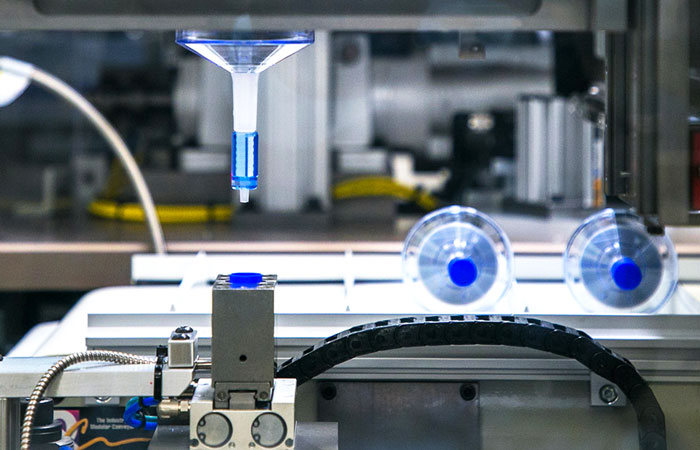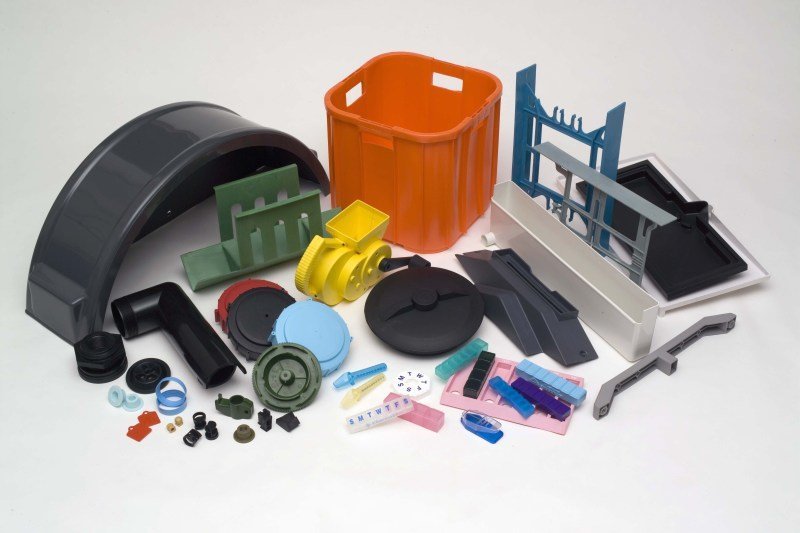The Advantages of Using Plastic Injection Molding for Custom Parts Manufacturing
The Advantages of Using Plastic Injection Molding for Custom Parts Manufacturing
Blog Article
Comprehending the Essentials of Plastic Injection Molding Procedures
Plastic injection molding offers as a keystone of modern manufacturing, providing a systematic technique to generating complicated components with accuracy. Discovering these crucial components might reveal how even minor adjustments can lead to substantial enhancements in manufacturing results, increasing questions concerning the capacity for development in this established procedure.
What Is Plastic Injection Molding?
Plastic injection molding is a commonly used manufacturing process that transforms polycarbonate and thermosetting products into specific and complex forms. This method is favored for its capability to generate high quantities of identical get rid of outstanding accuracy, making it a vital technique in numerous industries, including auto, durable goods, and clinical devices.
The procedure involves melting the selected plastic product and injecting it right into a mold and mildew under high stress. The mold, created to the specifications of the preferred part, enables the liquified plastic to materialize as it cools down and strengthens. When the product has actually solidified, the mold is opened, and the finished part is expelled.
Plastic shot molding supplies several benefits, consisting of lowered waste, uniformity in manufacturing, and the capability to incorporate elaborate styles that might be challenging with other producing techniques. Additionally, it supports a broad series of materials, each giving distinct residential properties that can be customized for certain applications. As industries continue to innovate, plastic injection molding remains at the leading edge, allowing the development of sophisticated products that satisfy developing customer needs.
The Shot Molding Process
The injection molding process is an innovative strategy that includes a number of vital phases to create high-grade plastic components. At first, plastic pellets are fed into a warmed barrel where they are thawed right into a thick fluid. This molten plastic is then injected under high stress into a precision-engineered mold and mildew, which shapes the material into the wanted kind.
As soon as the mold is filled up, the plastic is enabled to cool and solidify, taking the form of the mold tooth cavity. Cooling time is important, as it influences the cycle time and the final residential or commercial properties of the molded part. After enough cooling, the mold and mildew opens up, and the finished part is expelled making use of ejector pins.

Products Utilized in Shot Molding
Different materials can be used in the injection molding process, each offering special homes that provide to certain applications. One of the most generally utilized materials include thermoplastics, thermosetting plastics, and elastomers.

Thermosetting plastics, like epoxy and phenolic materials, undertake a chemical modification throughout the treating process, leading to a rigid, inflexible framework. These materials are excellent for applications needing high warmth resistance and structural honesty, typically made use of in automotive parts and electric insulators.
Elastomers, consisting of silicone and rubber-based materials, give flexibility and strength. Their distinct residential or commercial properties make them appropriate for applications that require elasticity, such as gaskets and seals.
In addition, specialized materials like bio-based plastics and composites are getting grip for their ecological advantages and enhanced performance qualities, expanding the scope of shot molding applications in different sectors. Understanding the buildings of these products is crucial for choosing the appropriate kind for details tasks.
Benefits of Injection Molding
Injection molding stands out as a highly efficient production procedure that uses various advantages for generating intricate parts with accuracy. One of one of the most substantial advantages is the capability to develop detailed designs that would certainly be difficult or difficult to accomplish with other methods (Plastic Injection Molding). The process enables detailed features and limited resistances, ensuring high-quality components
Additionally, injection molding is understood for its fast manufacturing capacities, making it an ideal selection for high-volume production. Once the mold and mildew is produced, parts can be produced swiftly, minimizing lead times and boosting general productivity. This performance not only decreases manufacturing expenses yet likewise offers a competitive edge out there.
The flexibility of products utilized in injection molding additionally enhances its charm. A large range of thermoplastics and thermosetting polymers can be utilized, permitting producers to select materials that ideal meet their details needs, consisting of flexibility, warmth, and strength resistance.
Furthermore, the procedure minimizes waste, as excess material can often be recycled and recycled. This sustainability facet adds to a decreased environmental impact, making injection molding an accountable production selection. Overall, the advantages of shot molding make it a favored method for lots of markets.
Factors Impacting Product High Quality
While countless factors can affect product quality in injection molding, understanding these aspects is critical for achieving optimal results. Key elements include material option, processing parameters, and mold design.
Material selection plays a crucial function, as different polymers display unique homes that affect flowability, toughness, and thermal security. Insufficient material choice can result in issues such as bending or incomplete dental filling.
Handling parameters, consisting of stress, cycle, and temperature level time, must be carefully managed. Variations in these setups can lead to disparities partially measurements and surface area finish. For example, exceedingly high temperature levels may cause deterioration of the polymer, while poor pressure can lead to brief shots.
Mold design is just as vital, website link as it figures out the circulation of the molten plastic and the cooling process. Poorly made molds might cause unequal air conditioning rates, leading to residual stresses and dimensional errors.

Verdict
To conclude, plastic injection molding functions as an important production process that makes it possible for the reliable manufacturing of high-quality parts. Mastery of the shot molding process, including the understanding of materials and the impact of different variables on item quality, is necessary for achieving optimum outcomes. The benefits of this method, such as cost-effectiveness and layout adaptability, further emphasize its importance throughout multiple markets, strengthening its standing as a recommended selection for high-volume production.
Plastic shot molding serves as a keystone of contemporary production, giving a methodical method to generating complex parts with accuracy.Plastic shot molding provides numerous benefits, including lowered waste, consistency in production, and the ability to incorporate detailed styles that might be testing with other manufacturing methods (Plastic Injection Molding). As industries continue to introduce, plastic injection molding stays at the leading edge, making it possible for the growth of sophisticated items that satisfy important source evolving customer demands
The injection molding procedure is an innovative strategy that includes numerous essential phases to create high-quality plastic parts.In conclusion, plastic injection molding serves as a vital manufacturing process that allows the efficient production of premium parts.
Report this page